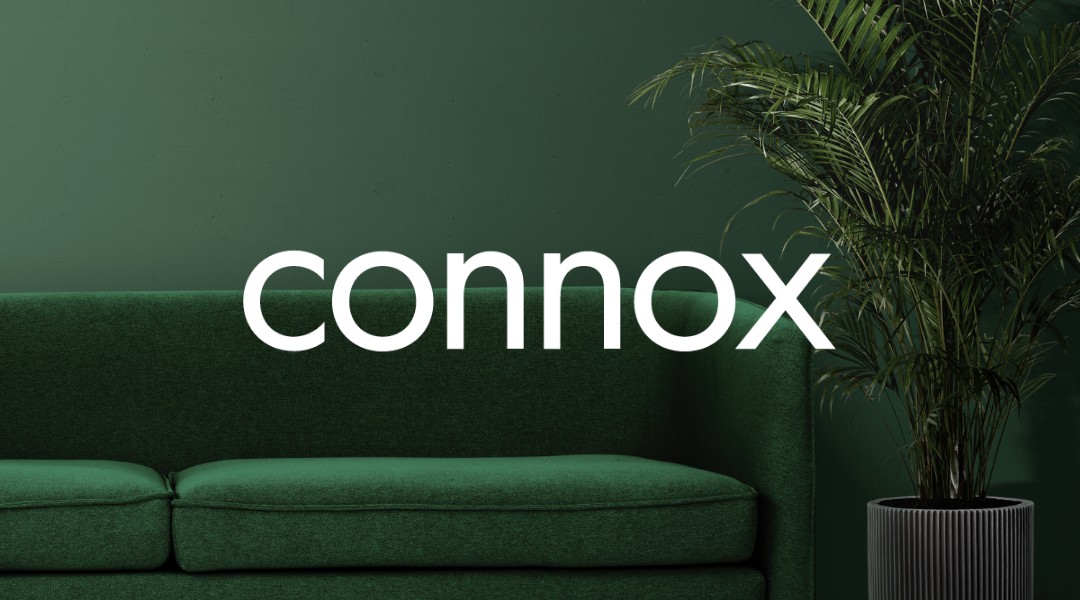How Goossens Used Automated Offline Conversions To Improve Google Ads Performance With Bloomreach

Founded in 1954, Goossens sells affordable, high-quality furniture via 25 inspiration stores and its webshops in The Netherlands, Belgium, and Germany. Goossens believes that an interior that perfectly matches customers’ personalities — and therefore makes the consumer really feel like they’re at home — allows them to enjoy life’s small moments and turn them into precious memories.
The Challenge
Goossens has a rich tradition as a traditional retailer, boasting 25 home furnishing stores across Europe. The company’s expertise lies in the realm of large furniture items and it generates the majority of its revenue from brick-and-mortar stores.
This presents a unique challenge in quantifying the impact of Goossens’ ecommerce efforts on its online sales. In the past, like many ecommerce retailers, the company relied on a formula that blended online revenue with an average in-store visit value.
However, Goossens was looking for more as it aimed to develop a system that would enable more accurate and reliable insights into the overall value of Google Ads and their impact on purchases at brick-and-mortar locations.
With the integration of Bloomreach Engagement, we have achieved something remarkable — the ability to connect actual offline sales to online browsing behavior, and then subsequently feed this valuable data back into Google Ads. This allows us to paint a more precise picture of our online-to-offline conversions.

The Solution
Thanks to Bloomreach Engagement and the creative Goossens team, the company can now more accurately track offline transactions, including revenue and margins, back into Google Ads. This enables Goossens to steer Google’s algorithms based on return on ad spend (ROAS) or profit on ad spend (POAS) metrics, which align more closely to the company’s needs than the previous approach of combining online revenue with the average store visit values.
By providing Google’s algorithms with insights into actual “offline” customers, Goossens can now better nurture and optimize internal advertising strategies for revenue and profitability. As more and more customer data is collected, the quality of insights will only continue to improve.
Additionally, the company is actively enhancing customer matching by tracing offline buyers back to the website post-purchase. This allows Goossens to seamlessly link cookies and attribute offline sales to the channels that rightfully deserve attribution. The primary emphasis here lies in the pursuit of customer identification through email addresses. This helps ensure that every marketing euro is invested where it truly counts.
The testing experiment took place during a standard shopping campaign, except with a departure from the conventional strategy. Goossens placed trust in Google’s algorithms to optimize toward a POAS objective and the outcome was exactly what it was hoping for.
Goossens achieved this by using Bloomreach Engagement to create marketing automation scenarios to enhance Google Ads’ data. The power of Bloomreach allowed the company to fully automate the offline conversion import to Google Ads, so it could bypass Google’s store visits with internal data instead of extrapolated data.
Goossens began by integrating data sources for offline and online transactions, customer data, and other touchpoints into Bloomreach Engagement. The Google Ads API integration then created a real-time connection between Bloomreach and the company’s Google Ads account. Using the API, Goossens mapped the imported data to specific conversion actions, ensuring that Google was able to attribute to the relevant campaigns, ad groups, and keywords via hashed data.
Finally, an automated process was set up via Bloomreach Engagement that automatically exported conversion data into Google Ads in real time. This eliminated the need for manual data entry and reduced the risk of errors.
The Results
The Google Ads API integration enabled Goossens to attribute omnichannel revenue and margin accurately to the right advertising efforts, providing a clear picture of ROI. The company then used real offline conversion data to enhance and optimize bidding strategies.
“The integration of Google Ads Conversion Import via the Google Ads API and Bloomreach has revolutionized our conversion tracking process,” said Tang. “It has not only provided us with accurate and timely insights but has also enabled us to automate critical aspects of our marketing campaigns. With this solution in place, we are well-positioned to optimize our advertising efforts, drive better results, and deliver a personalized experience to our customers in a future-proof way, ultimately maximizing our return on investment.”
Goossens’ initial results with its new strategy span a two-month period and are compared to the previous two-month period. After changing its Google Ads strategy, Goossens’ costs decreased by 3.22% and the omnichannel margin increased by 49.48%.
This initiative was a giant step for Goossens in moving toward its goal of stitching together the offline and online customer journey.





